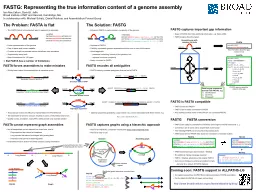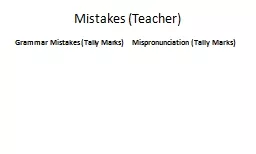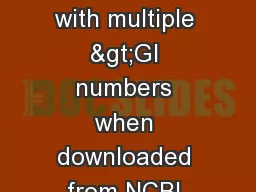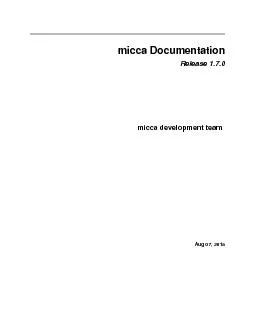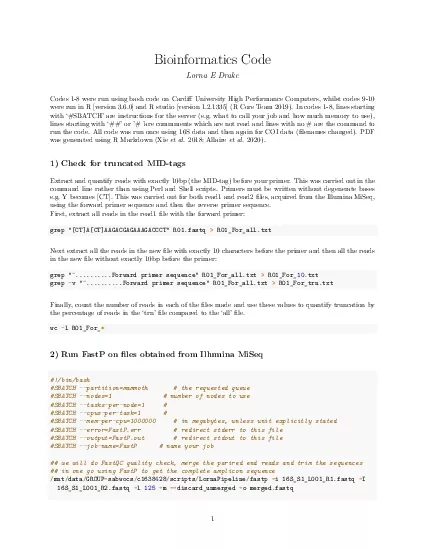PPT-A FASTA forces assemblers to make mistakes
Author : sherrill-nordquist | Published Date : 2015-12-05
S trictly linear nature forces assemblers to introduce errors These simple events are difficult to represented in the FASTA format The assembler is forced to choose
Presentation Embed Code
Download Presentation
Download Presentation The PPT/PDF document "A FASTA forces assemblers to make mistak..." is the property of its rightful owner. Permission is granted to download and print the materials on this website for personal, non-commercial use only, and to display it on your personal computer provided you do not modify the materials and that you retain all copyright notices contained in the materials. By downloading content from our website, you accept the terms of this agreement.
A FASTA forces assemblers to make mistakes: Transcript
Download Rules Of Document
"A FASTA forces assemblers to make mistakes"The content belongs to its owner. You may download and print it for personal use, without modification, and keep all copyright notices. By downloading, you agree to these terms.
Related Documents

